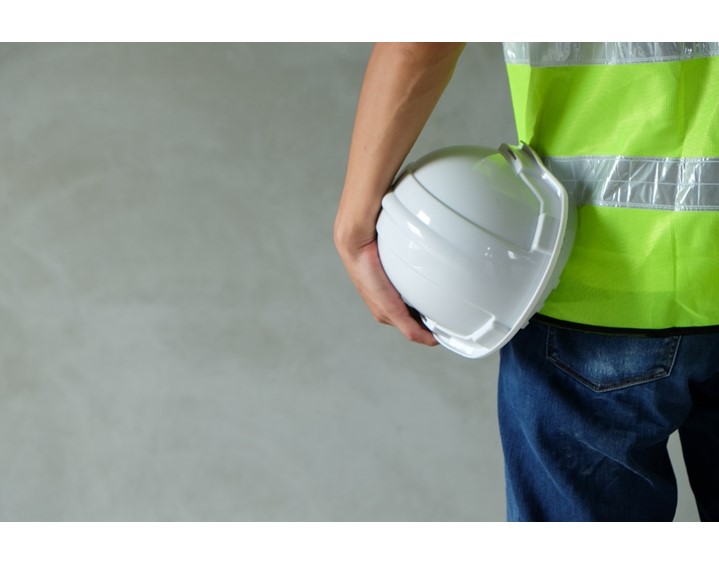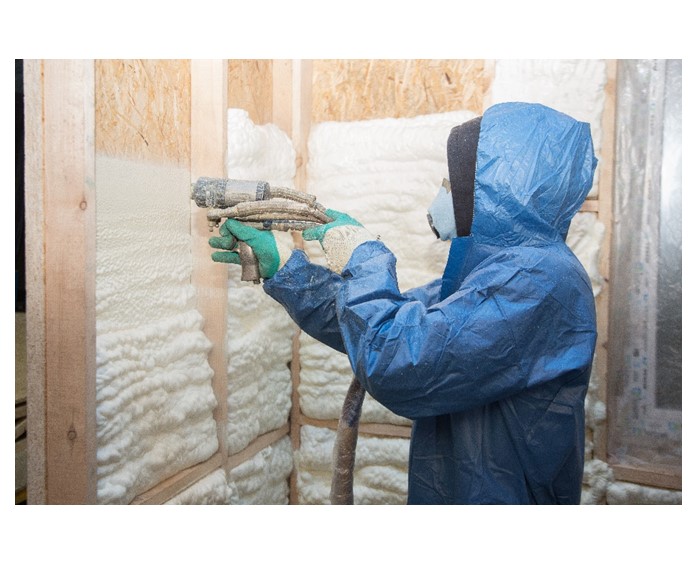Key Considerations for a Garage Conversion

Key Considerations for a Garage Conversion
The base is one
of the most important elements of your concrete garage, and if not built
correctly you could soon end up with an unstable build rather than the desired strong
platform. There are several factors that you should consider prior to
converting your garage and we will discuss just a few here.

Dimensions
Firstly, look at the dimensions of the
concrete and surroundings of the garage. Concrete garages from Lidget compton always ensure that the surface of the base layer is at
least 4 inches of compacted hardcore material and allow for an extra 3 inches around
the perimeter for extra support. Furthermore, many people often forget about
the underground water level which may affect the structure from beneath. Lining
the concrete base with a damp-proof sheet creates a waterproof seal stopping
your structure succumbing to damages.
Cement
The second key
factor to consider is the consistency of the cement used. In order to reach the
perfect cement strength (also known as the Standard Consistency) you must add
the exact amount of required water to form a paste. This paste will be used on
the base of the garage, so it’s important to ensure the exact amount of water
is added according to the manufacturer’s instructions.
Weather
The next thing
to consider is the weather conditions during the build which may impact the
cement consistency. If it is raining, it’s important to halt mixing or do so
under cover to avoid any addition of rainwater which may change the cements
consistency. The cement base needs to be at least 4 inches thick on top of the
compacted material and 8 inches around the edges for extra support.
The following
essential 6 step process can ensure you build a sound structure:
- Check the ground
level, material substance and space - Accurately measure the
consistency and depth of your cement - Start working on a dry
day or at least make sure you are undercover out of the rain - Ensure the base layer
is flat, consistent and level - Design the base layer
to deflect water and add a waterproof sealant for additional protection - Allow 7 days for the
concrete to set before building on top

Living Space
Garage
conversions can be easy and often affordable, making them a very popular way of
creating more space in a house without any major building work. However, if you
are converting a garage into a liveable space that requires warmth, it must
have insulation.
One of the most
crucial factors when beginning to insulate a garage is making sure it’s
completely airtight. Garages aren’t built to contain heat and more than likely
you will find lots of airgaps leading to the outside. You can insulate the
walls, ceiling, and doors of the garage but if you fail to fill the gaps, it
will be a big struggle to keep the area heated. When you’re satisfied the place
is completely sealed, double check all the windows and door frames to make sure
they are fit to prevent any drafts coming through.
The rate of how
fast heat can be lost through an object is measured in U-Values. England,
Scotland and Wales have different thermal standards, so it’s important to ensure
you meet the requirements that abide by the building regulations and standards.
The three main forms
of insulation for a garage are as follows:
- Fiberglass Insulation
- Cellulose Insulation
- Foam Insulation
Ultimately
the decision is up to you when it comes to deciding which insulation material
to use. There are many different types of insulation to which satisfy different
objectives.

Typically, a
material which creates an air barrier is best to keep the cold air out. Insulations
like fiberglass and cellulose don’t do that, making foam insulation a popular
choice.
Final Checklist
Perfecting the base
and insulation are two of the most important considerations when constructing a
secure and long-standing conversion. Once they are in place everything else
will follow. Making a list of all key considerations to follow when converting
a garage is a great way to achieve a successful build. We have provided our
very own checklist of key aspects to consider when looking to start a
conversion.
- Always make sure the building is
suitable to convert - Check specific building regulations
apply to the conversion - Perfecting the base and the insulation
is crucial for the durability of the conversion - Ventilation will be required by
building control - Consider how electricity will be
inputted
Once you have considered all the above, you’ll
be ready to begin converting the space in line with regulations, in order to
ensure it’s a comfortable and secure build for many years to come.
Comments are closed